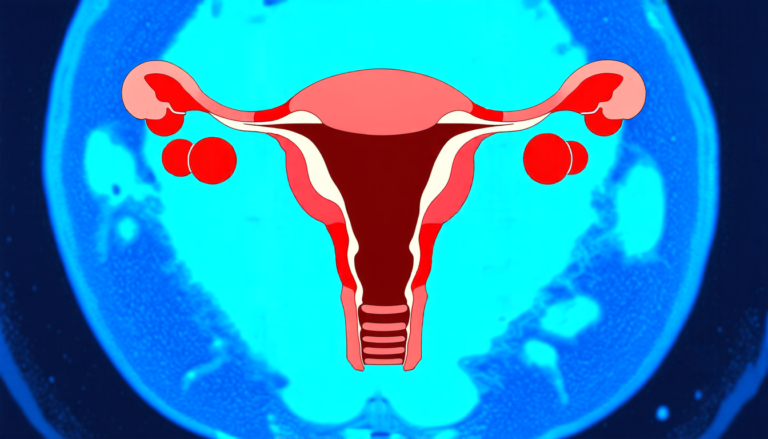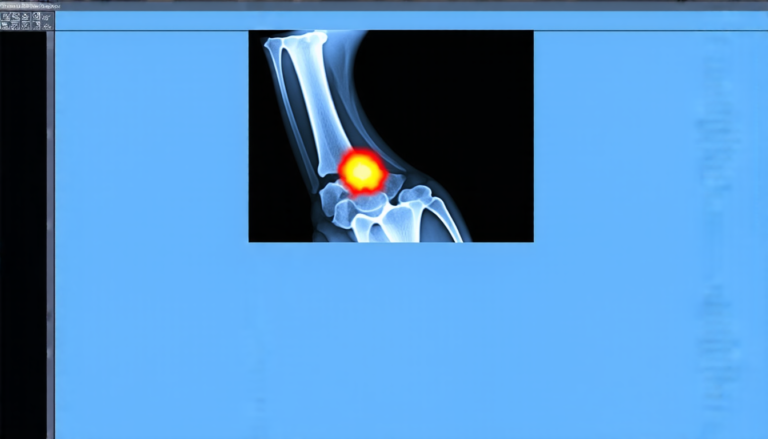Sunday 16 March 2025
Artificial Intelligence has come a long way in recent years, but one of its biggest limitations is the amount of computational power required to solve complex problems. This is especially true when it comes to machine learning and deep learning, where the need for efficient computation can make or break an algorithm.
A team of researchers has been working on solving this problem by developing a new approach to automatic differentiation, a crucial component of many AI algorithms. Automatic differentiation allows computers to calculate the derivatives of complex mathematical functions with ease, but it’s often slow and computationally expensive.
The researchers have developed a new method that uses sparsity patterns to speed up the calculation of these derivatives. Sparsity patterns refer to the fact that many matrices used in machine learning and deep learning are sparse, meaning they have mostly zero entries. This means that many calculations can be skipped or optimized away, leading to significant speedups.
The team’s approach is based on a novel combination of algorithms and data structures that allow them to detect and exploit these sparsity patterns more effectively than previous methods. They’ve also developed a new software package that makes it easy for researchers and developers to use their method in their own projects.
To test the effectiveness of their approach, the team used it to solve several complex optimization problems from the PGLib library, a collection of challenging mathematical problems. The results were impressive: on average, their method was 10-100 times faster than traditional methods, with some calculations taking only a fraction of the time required by previous approaches.
One of the most exciting applications of this new method is in the field of scientific computing, where it can be used to solve complex problems that were previously unsolvable. For example, scientists studying climate models can now use this approach to optimize their calculations and get more accurate results faster.
The team’s work has significant implications for many fields, from finance and engineering to medicine and computer science. By making automatic differentiation faster and more efficient, they’re opening up new possibilities for researchers and developers around the world.
This breakthrough is a testament to the power of human ingenuity and collaboration in solving complex problems. As AI continues to evolve, it’s exciting to think about what other innovations will emerge from this field.
Cite this article: “Accelerating Artificial Intelligence with Sparsity-Patterned Automatic Differentiation”, The Science Archive, 2025.
Artificial Intelligence, Machine Learning, Deep Learning, Automatic Differentiation, Sparsity Patterns, Optimization Problems, Scientific Computing, Climate Models, Finance, Engineering







